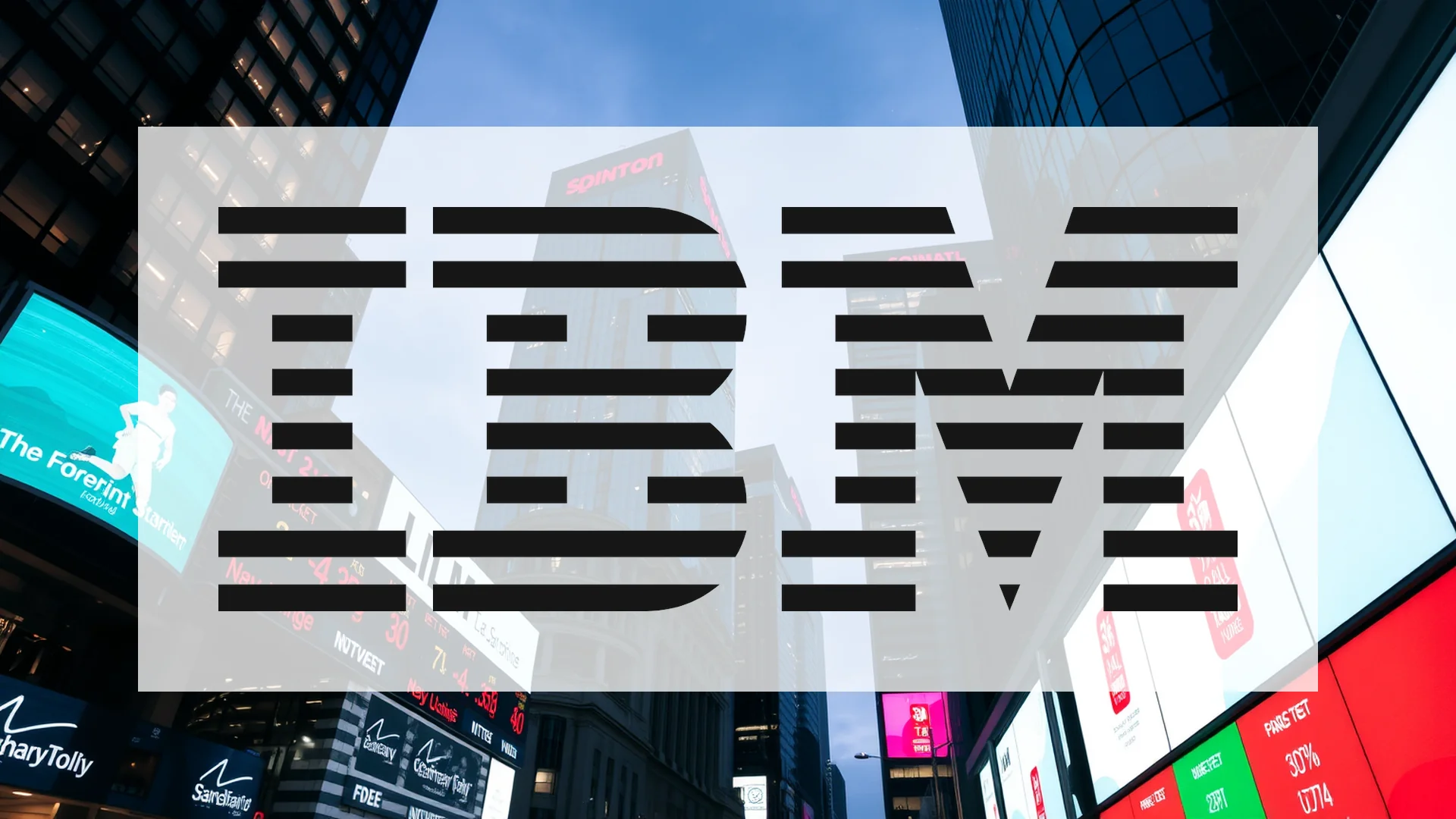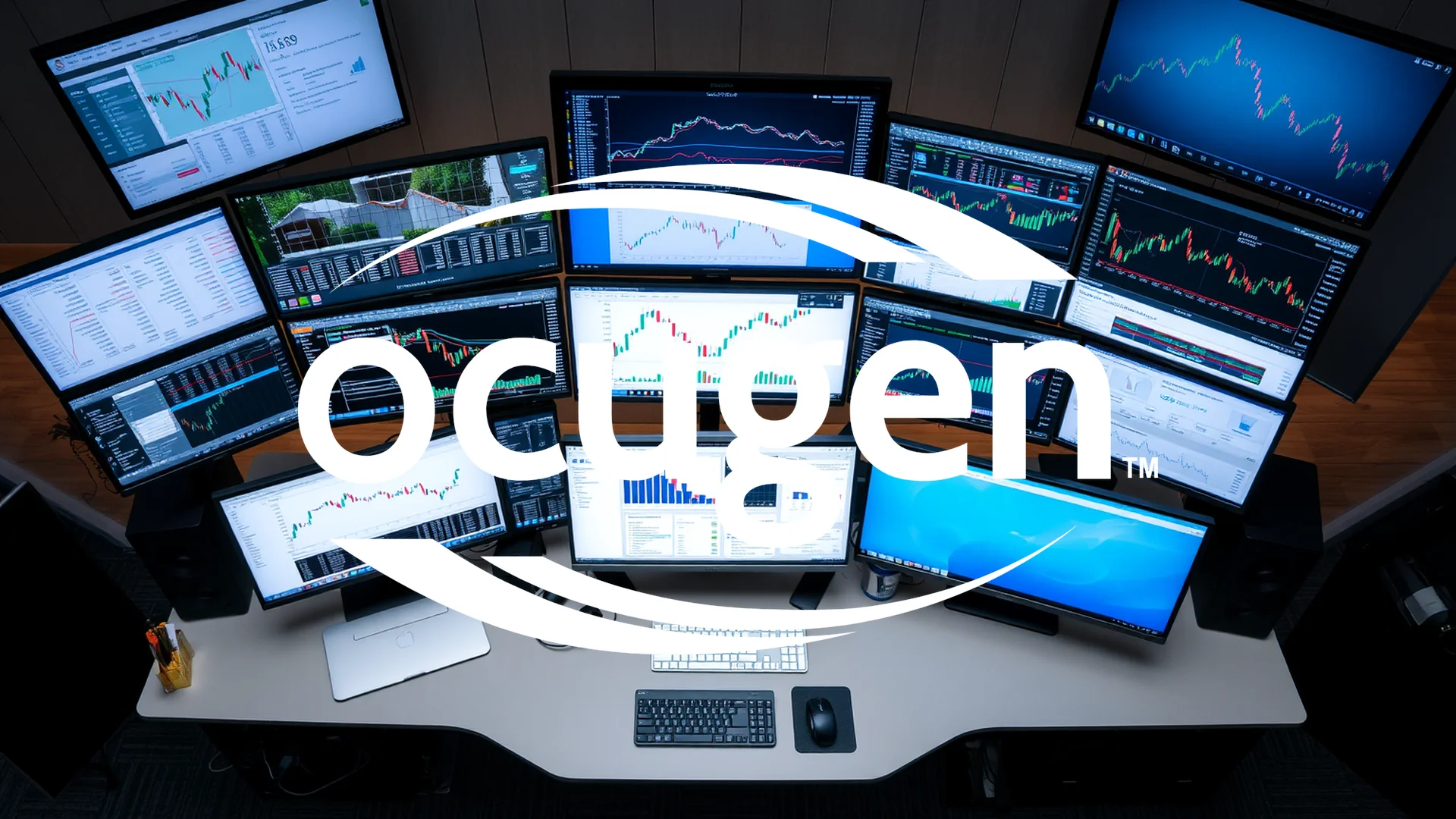IBM delivered a financial report that left investors with mixed emotions. While the technology giant demonstrated impressive strength in its software division and artificial intelligence business, concerning weaknesses emerged in consulting and infrastructure segments, sending shares tumbling in after-hours trading.
Financial Performance Reveals Diverging Trends
The third quarter painted a picture of two different companies within IBM. On one hand, the software unit delivered outstanding results with revenue climbing 10% to reach $6.52 billion, significantly outpacing analyst projections. The 2019 acquisition Red Hat proved particularly valuable, accelerating to 14% growth—double its pace from the previous quarter.
Software now represents nearly 45% of IBM’s total revenue and boasts an impressive gross margin of 83%, establishing itself as the corporation’s premium segment. CEO Arvind Krishna emphasized the division’s advantages, stating, “Our models are trustworthy, purpose-driven, and more cost-effective.”
However, the consulting business told a different story, stagnating at $5.15 billion and falling short of expectations. Corporate clients are reducing expenditures on shorter consulting engagements, directly impacting what has traditionally been one of IBM’s core strengths.
Infrastructure Challenges Offset AI Success
IBM’s artificial intelligence business exploded to $3 billion, representing an increase of over $1 billion from the prior quarter. Yet this remarkable growth couldn’t compensate for the dramatic downturn in infrastructure, where revenue declined 7% year-over-year to $3.04 billion, well below what market experts had anticipated.
Should investors sell immediately? Or is it worth buying IBM?
The primary culprit was a 19% plunge in IBM Z Mainframe sales, which CFO James Kavanaugh attributed to clients delaying purchases while awaiting the next generation system scheduled for 2025.
Balance Sheet Impact and Underlying Strength
IBM reported a net loss of $330 million, driven by a one-time pension provision of $2.7 billion. Beyond this special charge, the company’s adjusted earnings of $2.30 per share exceeded expectations by seven cents.
The cash flow statement revealed the organization’s fundamental resilience, with $6.59 billion generated over nine months—$1.5 billion more than the previous year. Management reaffirmed its target of exceeding $12 billion in total annual cash flow.
Market Reaction and Strategic Questions
Despite shares having advanced 43% since January began, investors responded to the quarterly results with a 6% after-market decline, erasing over $13 billion from IBM’s market capitalization. This reaction signals ongoing concerns about the company’s strategic direction.
While IBM’s artificial intelligence narrative remains compelling, structural issues in the consulting division continue to present challenges. The central question facing investors is whether the company’s software transformation can generate sufficient momentum to overcome weaknesses in other business areas.
Ad
IBM Stock: Buy or Sell?! New IBM Analysis from November 15 delivers the answer:
The latest IBM figures speak for themselves: Urgent action needed for IBM investors. Is it worth buying or should you sell? Find out what to do now in the current free analysis from November 15.
IBM: Buy or sell? Read more here...










